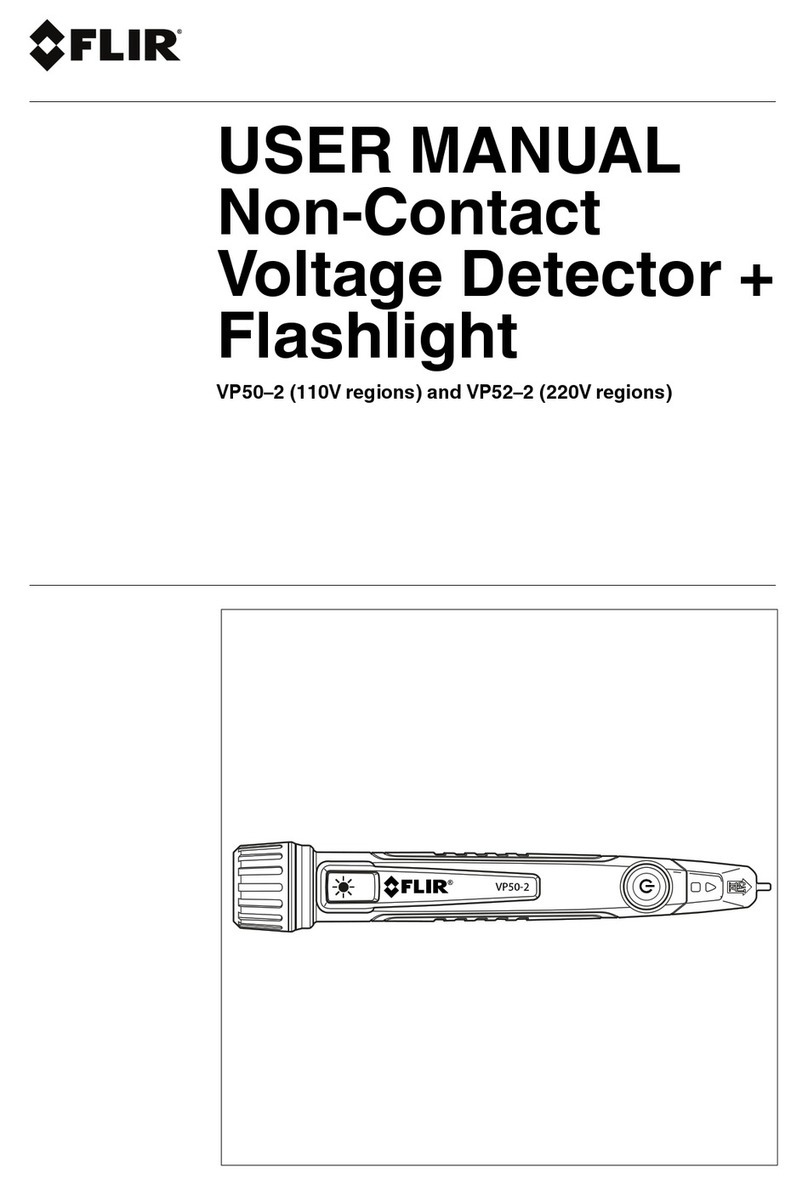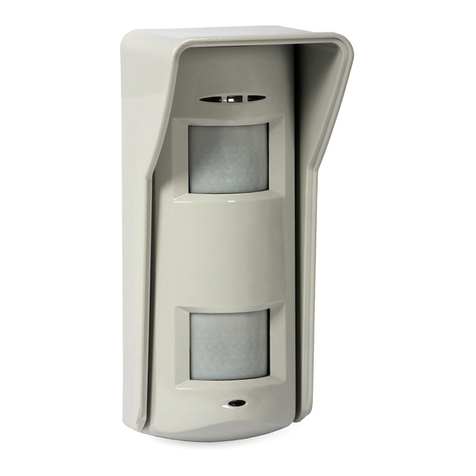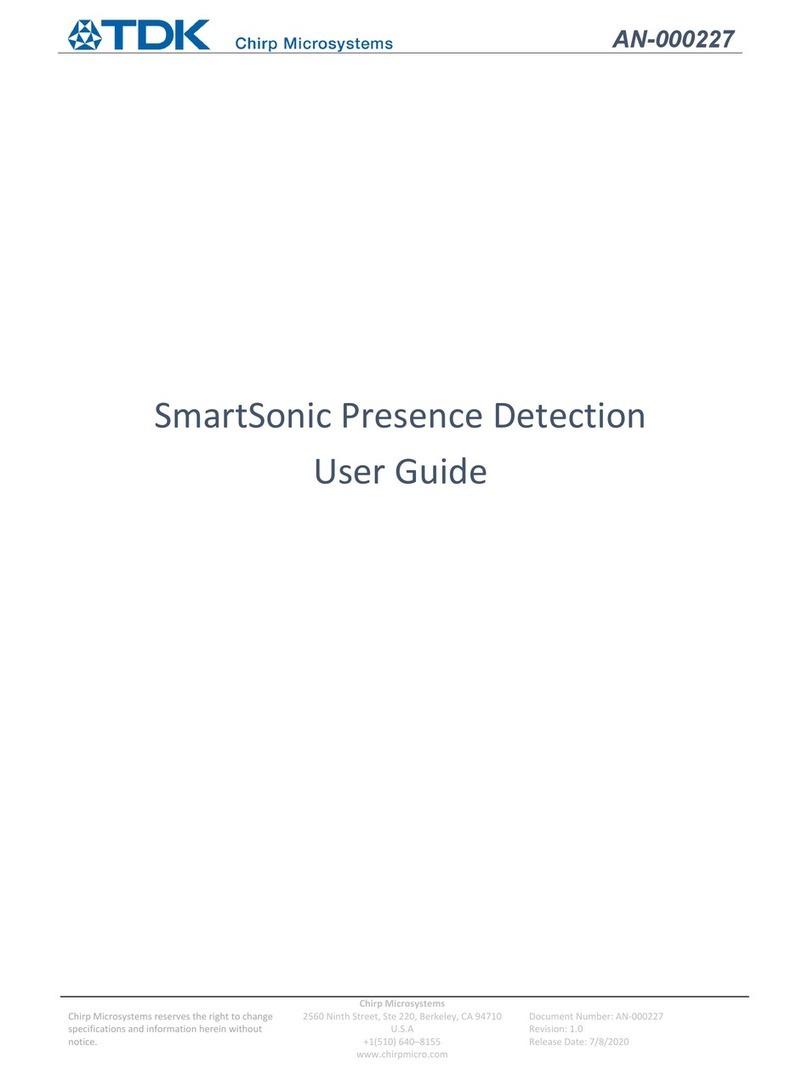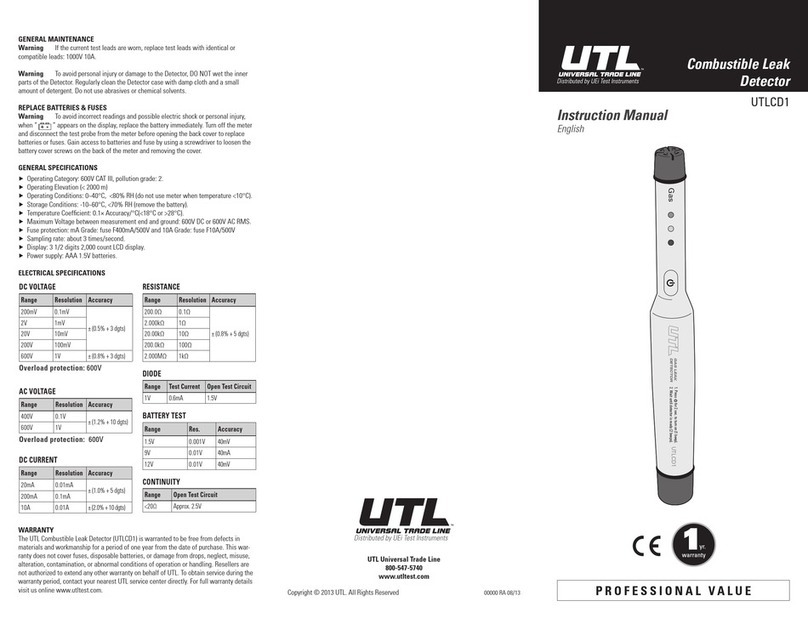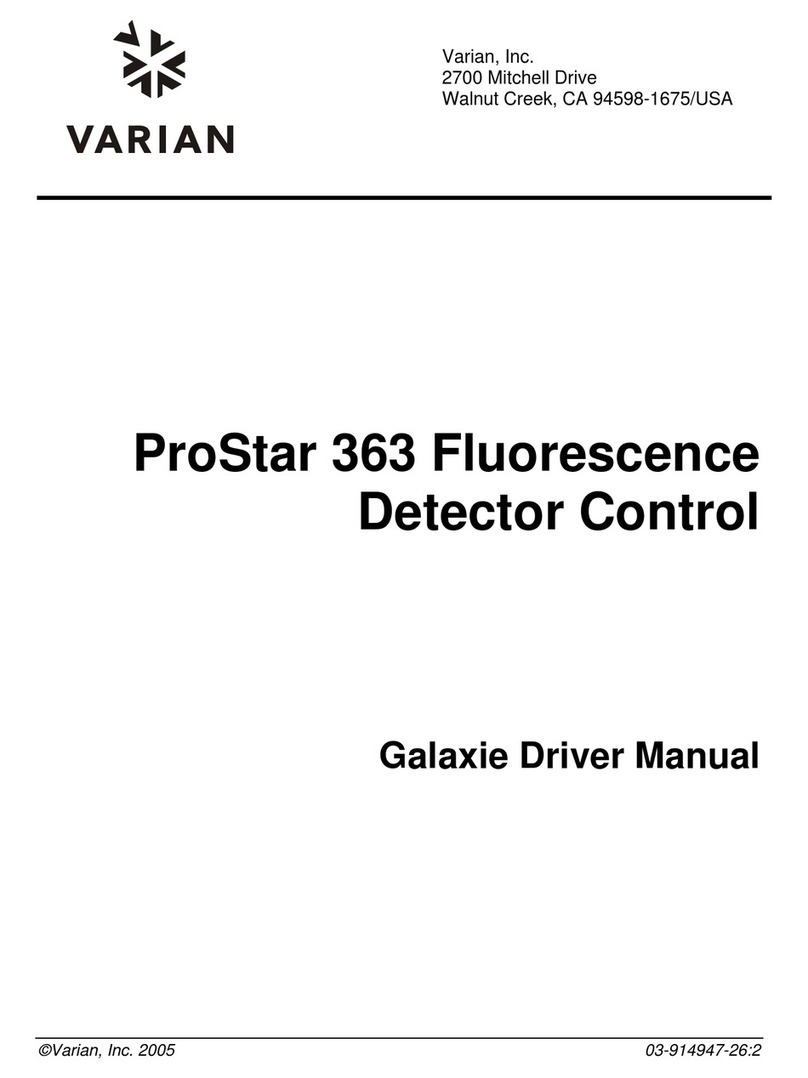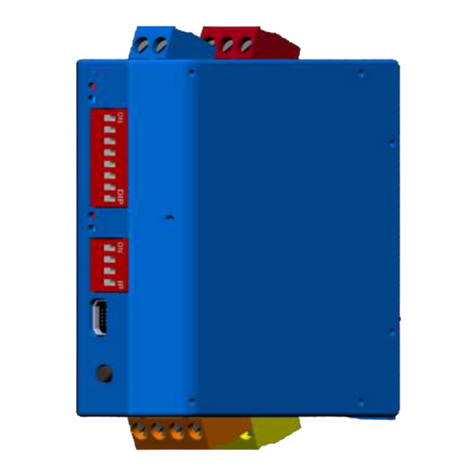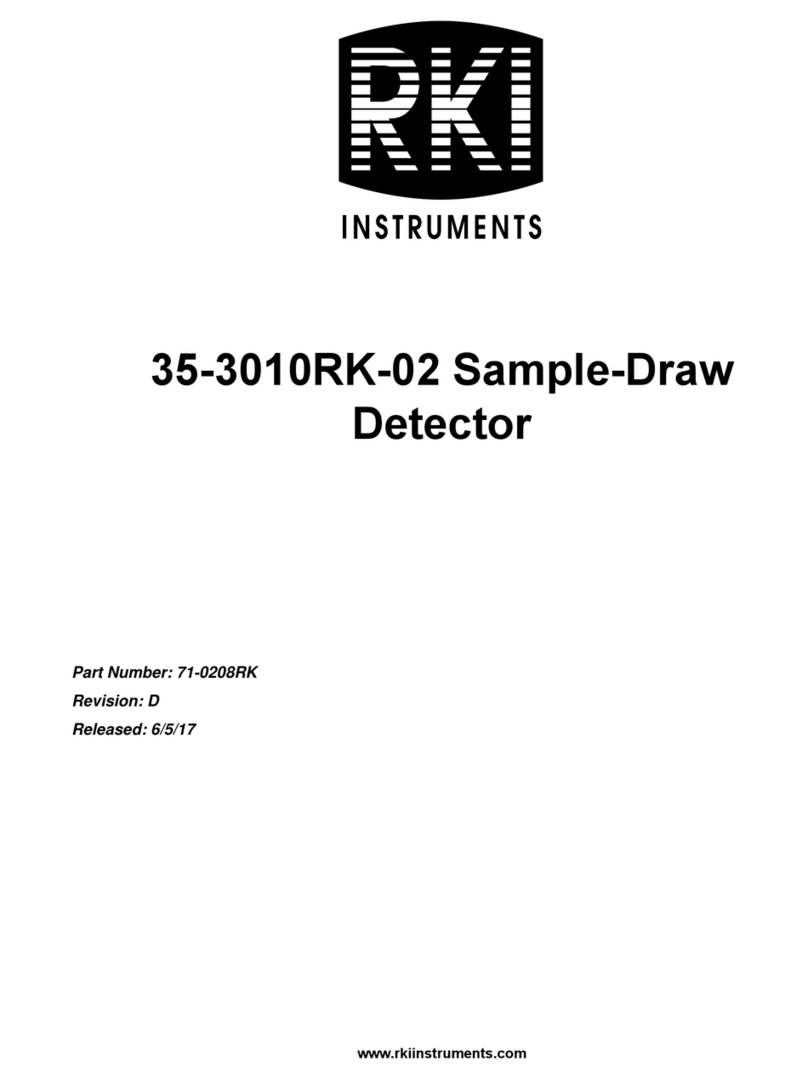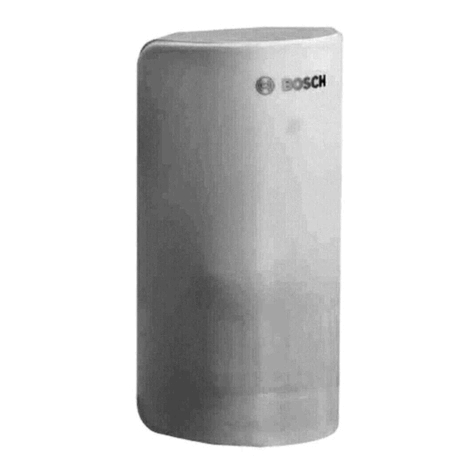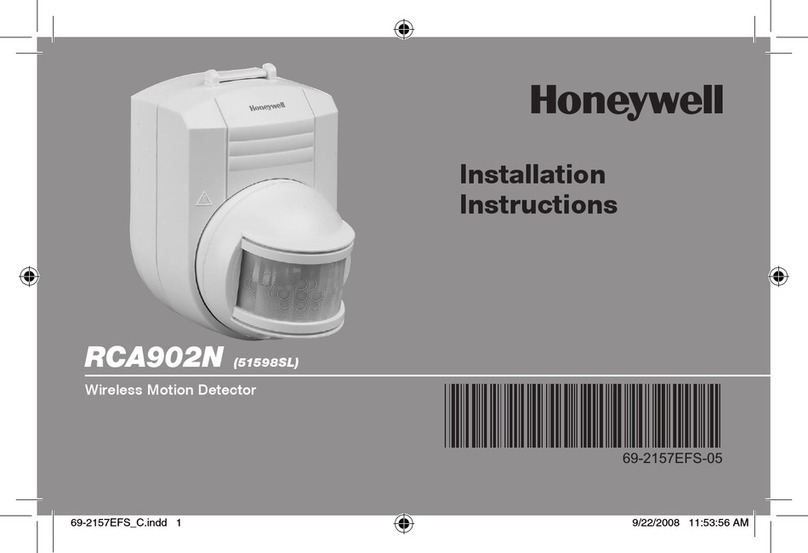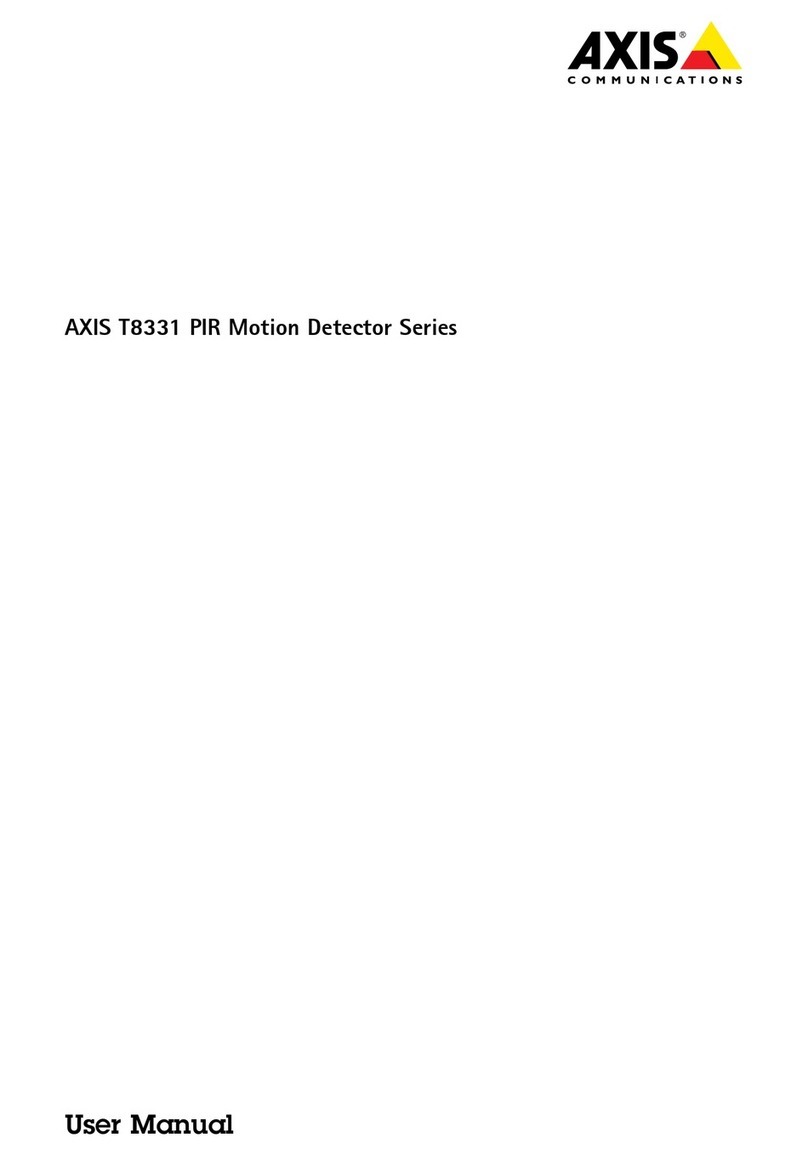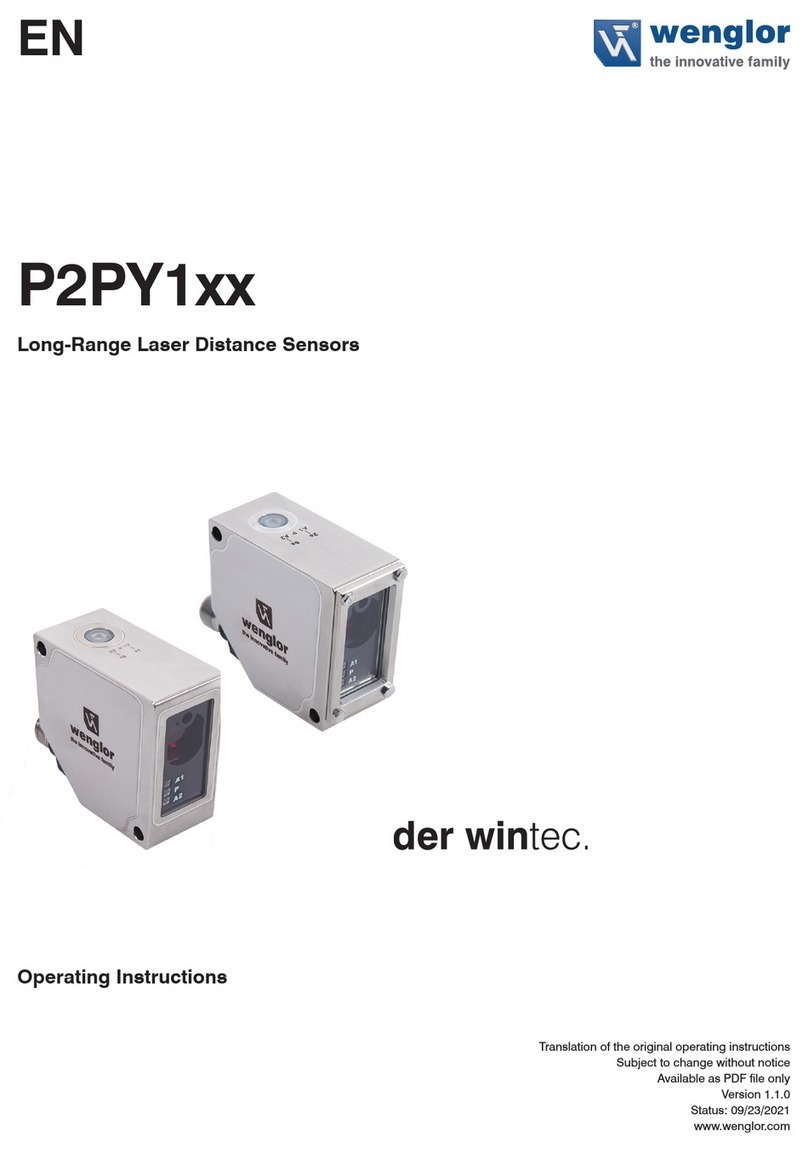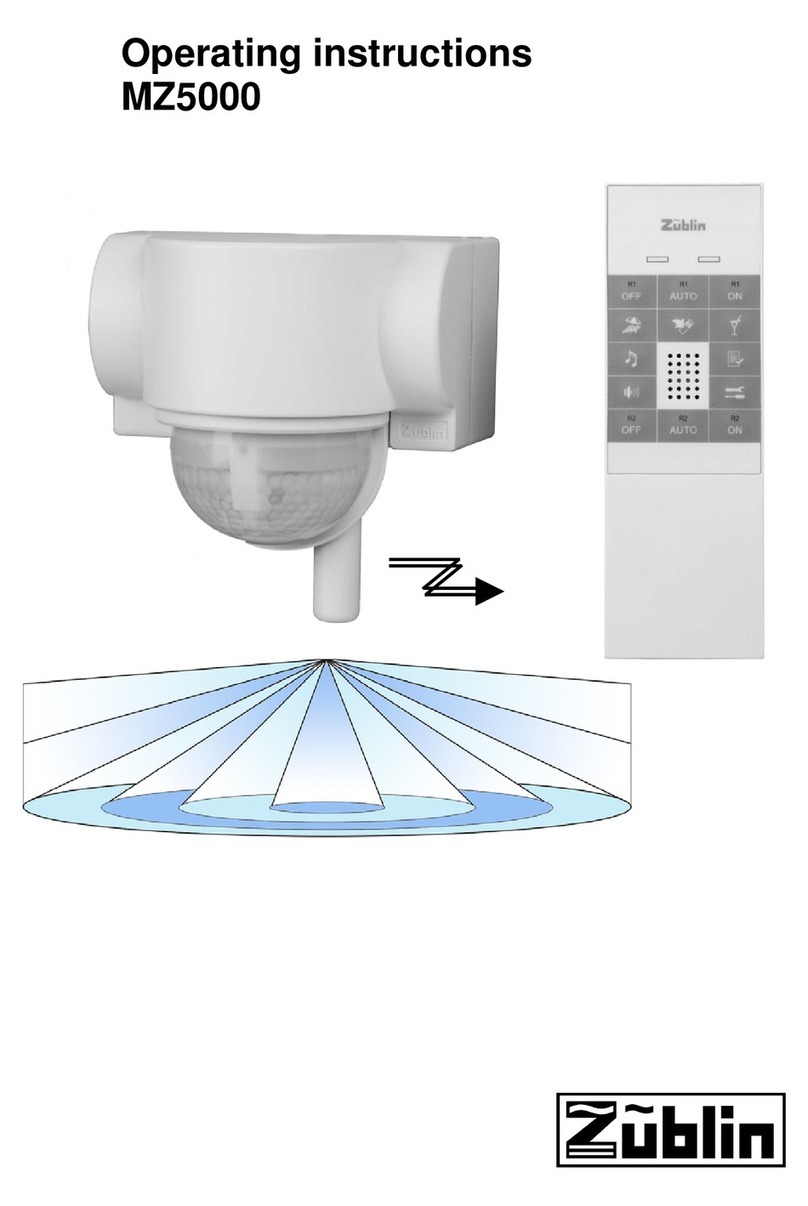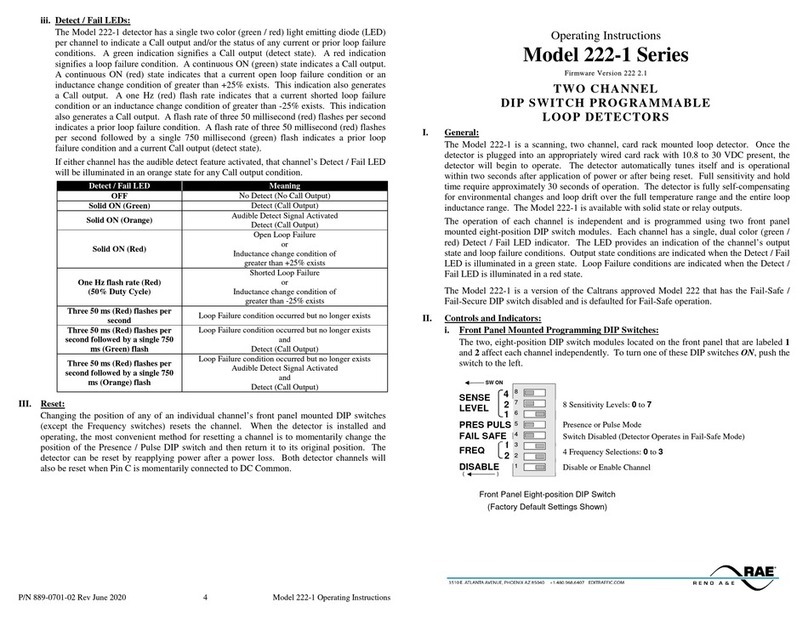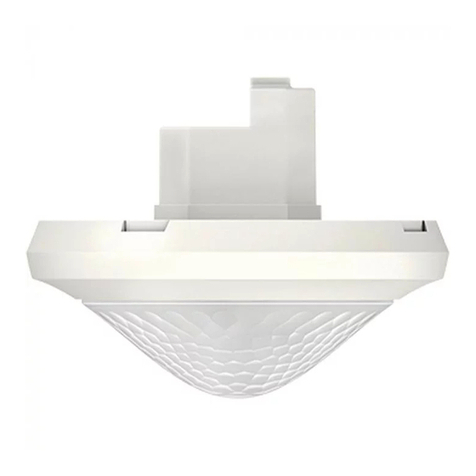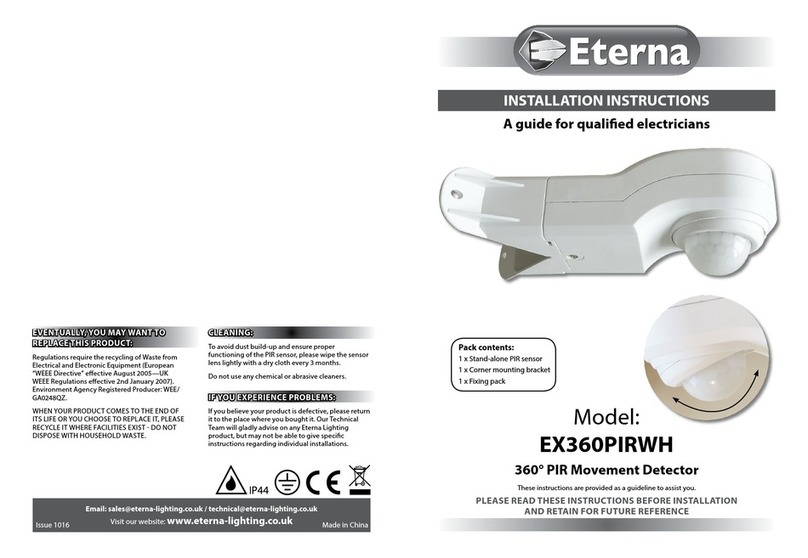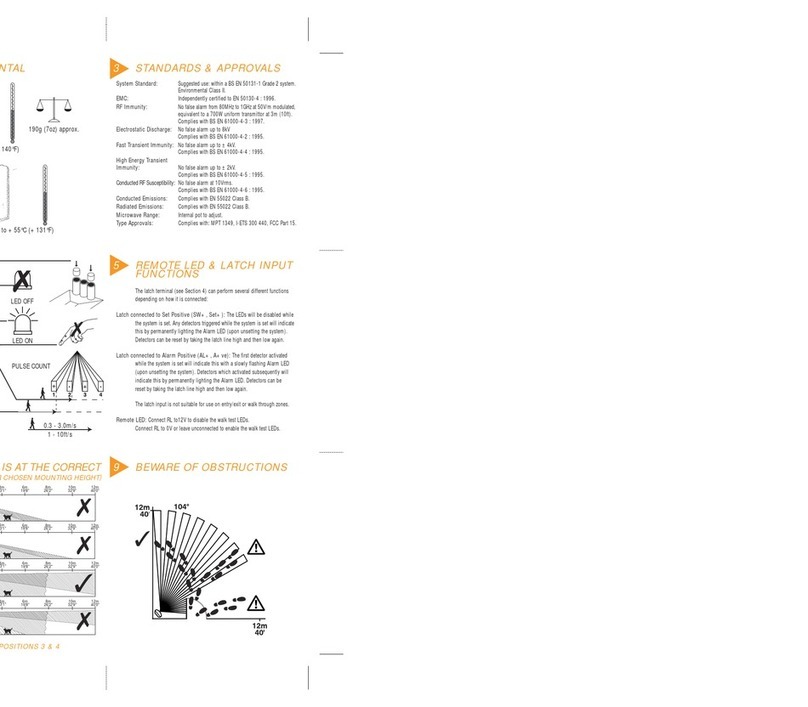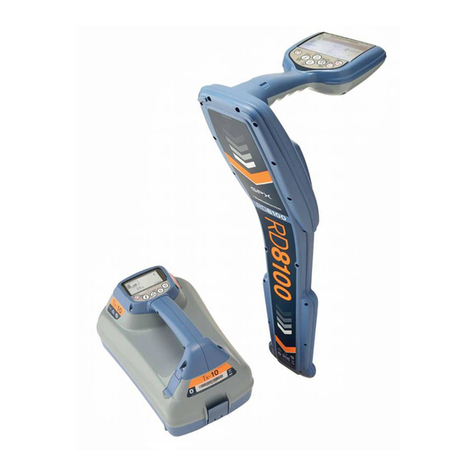Simarghu SIMFIRE ARB-1 User manual

www.simarghu.com
Arborist Harness
Baumzüchter-Klettergurt
Harnais d’arboriste
Arnés del arborista
Imbracatura per arborista
Arborist uitrusting
UK
DE
FR
ES
IT
NL
MADE IN THE UK

2
CONTENTS 1. GENERAL INFORMATION
DESCRIPTION
This harness has been designed and manufactured specially for
arborists. It MUST NOT be used under any circumstances to
arrest a fall.
This product is manufactured and tested to conform with:
EN 813:1997 EN 358:2000
SIMARGHU®
PO BOX 412
Carlisle
CA1 9GR
T: +44 (0)1228 371 583
www.simarghu.com
PATENT PENDING
1General Information 2-3
2Use 4
2.1 Sizes 4
2.2 Part Identication – Male (FIRE) & Female (GEMINI) 4-6
2.3 How to put on Harness 7
2.4.1 Adjustment - Waste Belt 8
2.4.2 Adjustment - Leg Strap 8
2.4.3 Adjustment - Rear Straps 8
2.4.4 Adjustment - Sub Harness (Gemini Only) 9
3Floating Rope Bridge 9
3.1 Leg Riser Adjustment 9
4Lower Multi Rings 10
5Attachment Points – Male (FIRE) & Female (GEMINI) 11
5.1 Rope Bridge Set Up 12
6Suspension Trauma 12
7Harness Labelling 13
8Harness Inspection 13
9Maintenance & Storage 14
10 Service Life 14
11 Examination Form 15
12 Certicate of Conformity 16

3
UK
WARNING
Incorrect use of this harness could be fatal, so prior to
use YOU MUST:
• Read and thoroughly understand this operating manual before
using this harness.
• Be a person in t medical condition that can work at height and
do so in both normal and emergency situations. If there are any
points in this operating manual that you are unsure of, seek
advice from a trained individual.
• Be fully trained and competent in the use of the harness and
familiar with the correct actions in case of an emergency prior
to working at height.
• Carry out appropriate visual and functionality checks before
wearing this harness.
• Assess the work area to ensure adequate supporting structural
attachments are to be used.
• Understand and accept the risk involved in use of this product.
WARNING
If you are in any doubt about the condition or function
of this harness you must remove it from service
immediately and contact the seller or manufacturer.
A rescue plan should always be put in place ahead of working at
height to ensure procedures can be put into action in the event of
an accident or problem.
This product must only be serviced by a trained and competent
individual. Under no circumstances should the integrity of this
harness be undermined by making modications, repairs or
alterations.
FAILURE TO COMPLY WITH ANY OF THESE
FACTORS MAY RESULT IN SERIOUS INJURY
OR DEATH.

4
UK
WARNING
Although each harness is similar, there are important
dierences.Please ensure that you select the correct size and
fit for your build.
2. USE
2.1 SIZES 2.2 PART IDENTIFICATION
MODEL SIZE
GUIDE WAIST THIGH
SIMFIRE ARB-1 Small/
Medium
Min 27” (68cm)
/ Max 34” (86cm)
Min 17” (43cm)
/ Max 27” (68cm)
SIMFIRE ARB-2 Medium/
Large
Min 34” (86cm)
/ Max 42” (106cm)
Min 17” (43cm)
/ Max 27” (68cm)
SIMGEM ARB-3 Small/
Medium
Min 26” (66cm)
/ Max 34” (86cm)
Min 17” (43cm)
/ Max 27” (68cm)
FEATURES
1Back Pad
2Leg Loops
3Leg Strap Adjustment Buckles
4Leg Pads
5Waist Belt Adjustment Buckle
6Rope Bridge
7Rings - Side ‘D’ Rings, 7a Front ‘D’ Rings, 7b Bridge Ring
8Lower Multi Rings
9Rear Straps Adjustments Buckles
10 Shoulder Strap Attachment
11 Accessory Loops
12 Accessory Rings
13 Chainsaw Attachment Points
14 Floating Bridge Adjustment Buckles
15 Floating Bridge Strap
16 Leg Riser Adjustment Buckles
17 Label (below stretch panel)
18 Sub Harness (female GEMINI only)
19 Tool Hooks Points

5
UK
1
4
2
3
7b
16
15
8
6
7
11
7a
5 101719 19
13
15
7
9
11
14
7
12
MALE (FIRE) HARNESS - FRONT VIEW MALE (FIRE) HARNESS - BACK VIEW

6
UK
1
4
2
3
18
16
7b
15
8
6
7a
5 10
15
9
11
14
12
13
FEMALE (GEMINI) HARNESS - FRONT VIEW FEMALE (GEMINI) HARNESS - BACK VIEW
171919 19 19

7
UK
2.3 HOW TO PUT ON THE HARNESS
1. Open waist belt buckle.
2. Open leg strap buckles.
3. Hold the harness using the back
pad on each side and step in.
4. Ensure it is in the correct position,
just above the hip bones.
5. Close the waist belt buckle and
adjust to a comfortable t.
6. Close leg strap buckle and adjust.
Ensure that they are not twisted,
and the leg pads are at the back of
the thighs.

8
UK
2.4.1 ADJUSTMENT - WAIST BELT 2.4.2 ADJUSTMENT - LEG STRAP
Adjust leg strap pads by simply moving the webbing
through leg adjustment buckle, if any further
adjustments are needed release webbing from the
keeper and slide through to your required length. Any
excess webbing needs to be tucked neatly back into
the keeper.
PLEASE NOTE: The leg straps are intended to be a
relaxed fit at the thigh, as shown, however if preferred a
tighter fit can be used.
2.4.3 ADJUSTMENT - REAR STRAPS
The rear straps set the position
between the leg loop and the waist
belt. This ensures that the harness
is not slack and supports the thighs
without causing discomfort.
Adjust these straps by feeding the
webbing through the buckle to a
position which provides the best
balanced and comfort.
The waist belt should be adjusted
so that your body feels supported
and comfortable.
This adjustment is only required
once.
PLEASE NOTE: Any excess
webbing needs to be tucked neatly
back into the keeper.

9
UK
2.4.4 FEMALE (GEMINI) HARNESS ONLY
3. FLOATING BRIDGE
3.1 LEG RISER ADJUSTMENT
With a combination of adjustments
to the leg riser (16) and the oating
bridge strap (15) an optimum
position for the lower multi rings
(8), can be customised for each
user. This unique customisation
can be further enhanced by
selecting a suitable corresponding
position for the bridge rope.
The lower multi rings can be tted
with more than one rope bridge,
part number SBR125.
The female harness (GEMINI) comes with the
same benets and features but with the addition
of a sub harness.
The sub harness has been specially
designed for female anatomical support to
reduce potential injury in the event of a fall.
These straps should be pulled down and
adjusted to a ‘snug t’.
WARNING
The female harness (GEMINI) should
NOT be used by a male.The harness
has been designed to fit the female
form only.
WARNING
No more than three rope
bridges should be used
at any one time.

10
UK
4. LOWER MULTI RINGS
The two unique lower multi rings
give the exibility of three alternative
placement points allowing for a
maximum of three separate bridges.
The wearer can set the most suitable
angle by choosing either one of the
placement points. This exibility
ensures optimum balance and superior
comfort.

11
UK
5. ATTACHMENT POINTS
DESCRIPTION
1Side ‘D’ Rings
2Front ‘D’ Rings
3Rope Bridge Hole
4Lower Multi Rings
5Accessory Loops
6Accessory Rings
7Tool Hooks
8Chainsaw Attachment Points
9Main Attachment Point
9
1
2 2
5
3 3
4 4
PLEASE NOTE: The medium/large harness
(male SIMFIRE ARB-2) comes with 2 side and
2 front ‘D’ rings along with 4 accessory loops.
Both the smaller FIRE harness (male SIMFIRE
ARB-1) and the GEMINI Harness (female
SIMGEM ARB-3) come with 2 front ‘D’ rings
and 2 accessory loops.
MALE (FIRE) HARNESS FEMALE (GEMINI) HARNESS
FRONT
BACK
6
5
8
7 7 77 77
5
6
8
5

12
UK
5.1 ROPE BRIDGE SET UP
To secure the rope bridge a stopper knot is required. This ensures
that the rope does not pass through the connecting lower multi
ring. For extra security ensure that there is at least a 75mm (3”) tail
when tying o the knot.
a. Pass the rope through the main
centre hole (main connection point)
from outside to inside, and tie o.
c. Pass the other end of the rope through
the centre hole of the second multi ring
from inside to outside and tie o.
b. Feed ring through rope.
Lower multi ring holes (2) can only be used for bridge rope
attachment and must not be used as an attachment point for
anything else. Large hole (3) can be used as an attachment point.
PLEASE NOTE: In some situations you may
need to shorten the rope bridge.To do this tie
a secondary stopper knot.
Hanging in the harness for long periods of time without movement
will cause the ow of blood to be restricted. This will eventually
lead to orthostatic intolerance or HSS (Harness Hang Syndrome).
In such an event the FOLLOW YOUR RESCUE PLAN AND
CALL THE EMERGENCY SERVICES.
6. SUSPENSION TRAUMA
2
3
2 2
WARNING
Typical symptoms of HSS include sweating, shortness of
breath, blurred vision, dizziness, nausea, hypertension and
numbness of the legs etc. These symptoms will vary from
person to person.

13
UK
WEBBING Examine for cuts, cracks, tears, abrasions* and scorch
marks, burns or chemical attack.
STITCHING Look for broken stitches, lose or worn threads.
METALWARE Inspect for any signs of damage, distortion, or corrosion
as well as ensuring correct operation.
LABELLING Ensure all label information is still legible.
7. HARNESS LABELLING 8. HARNESS INSPECTION
REGULAR CHECKING AND RECORD KEEPING
This harness and all other equipment must be visually inspected
by a competent individual when delivered to site, and thoroughly
inspected before and after every use. If you are unsure or have
any doubt about the condition of the harness you MUST
remove it from service.
A record card is included with this manual and should be lled
in after each routine inspection. Registration and record keeping
can also be completed online by visiting www.simarghu.com/
register and entering the product’s unique serial number.
*Common abrasion wear within webbing may be caused by passage over
sharp edges when under tension which may result in serious weakening. Slight
damage to the outer bres and threads could be considered harmless; however
serious damage such as reduction of the thickness or width of webbing should
lead to rejection and immediately removed from service.
1CE Mark
2EN Standards
3Manufacture
4Max Load
5Product Reference
6Serial Number
7Date of Manufacture
8Read Manual
9QR Code
10 Size Guide THOROUGH INSPECTION IS TO BE GIVEN TO EACH OF
THE FOLLOWING KEY AREAS:
POSITIONING ONLY! - NOT FOR FALL ARREST
EN358: 2000
EN813: 1997
MAX LOAD: 120KG
MODEL: SIMFIRE ARB-1
SN: ARB1-000000
DOM: 0317
2
8
9
1
4
5
6
7
10
S/M
3

14
UK
9. MAINTENANCE & STORAGE
All maintenance work MUST be carried out by a competent fully
trained person. However users should clean the harness when
required.
CLEANING SHOULD BE DONE WHEN:
• The harness has been used in salty environment.
• If the harness has a coating of oil, soil, mud or any contaminant.
WHEN CLEANING:
Place the harness on a at surface. Using a damp sponge wipe
down harness to remove excess dirt, dust or sand. DO NOT
use cleaners that contain chlorine, bleach or abrasives. DO NOT
immerse the harness in water.
If the harness is defective in any way please complete the
Examination Form stating all defects and remove from service
immediately, and contact:
SIMARGHU®
PO BOX 412
Carlisle
CA1 9GR
T: +44 (0)1228 371 583
E: info@simarghu.com
www.simarghu.com
10. SERVICE LIFE
This product has a life of 10 years from date of manufacture and 5
years from date of rst use.
Extreme factors may considerably reduce the serviceable life of
a harness. For example, if the harness has been damaged due
to mechanical wear, harsh treatment, prolonged exposure to UV
Rays or other environmental factors such as contact with salt or
sand, exposure to high heat or cold and icy conditions.
If the harness is bleached of colour, abraded, worn or cracked
bres then it MUST be removed from service.
WARNING
If the user is in any doubt about the condition of the product
however insignificant, they must either render it unusable
and remove from service immediately or place in quarantine
so that it may not be used by mistake. The harness can
only be returned to service by written authorisation by
manufacturer or a trained individual.

15
UK
11. EXAMINATION FORM Harness Serial Number :
DESCRIPTION
STRAPS - Check ALL webbing for any damage. This may include cuts, burns, cracks and tears
due to heat or chemical contact. Examine waist belt strap, leg loop/straps and shoulder straps if
present. NOTE: remember to check webbing hidden by buckles.
ADJUSTMENT BUCKLES - Examine the condition of the buckles for any marks, cracks, ware and
tear, deformation or corrosion. Check that the buckles are fully functional and are threaded
correctly with no twists.
ATTACHMENT POINTS - Examine the condition of the metal attachments for any marks, cracks,
wear and tear, deformation or corrosion. Check the textile attachments for any cuts, abrasions or
tears. NOTE: Ensure that ALL attachments are present.
SEWING - Check ENTIRE HARNESS for any broken, cut loose or worn thread on structural
bartacks.
LABELLING - Check that label is present and legible. Check date to ensure product is within its life
span.
COMFORT PARTS - Examine backpad, leg pads, keepers, accessory loops for any cuts, burns,
wear and tear, cracks.
CONDITION
PASS FAIL List all salient points about each
part stating all issues present
DEFECTS
Tested by :
UNFIT FOR USEFIT FOR USEVERDICT
Signature : Date of Examination : Next Examination Due :
Date of Manufacture : Date Issued :
Registration and Record Keeping can also be completed online by visiting www.simarghu.com/register and entering the product’s
unique serial number. Registering in this way will ensure that the harness is kept in optimum condition throughout its working life.

16
UK
VISUAL INSPECTION –– 100% Each and every
product covered by this certicate has been visually
inspected during manufacture and on packing. The
following points were addressed and checked against
the approved build standard:
Correct webbing used (Black/Red – Female
and Black/Grey – Male)
All webbing checked for damage/wear or
cuts
All structural stitching checked
completeness loose threads
Adjustment buckles function correctly and
checked for any damage
All attachment points present and
examined for damage
All engraving examined on hardware
ensuring quality and correctness
Labelling inspected for both clarity,
correctness and position
Goods inspected to both working sample
and approved specication
All comfort parts examined (back pad, leg
pads) keepers and accessory loops
Stowage bag checked
12. CERTIFICATE OF CONFORMITY
ARBORIST HARNESS HARDWARE STATIC TESTING –– 1 o part per
batch was tested to ensure the product functioned as
per specication. The part was attached to a test rig,
and then load was applied and recorded by a digital
load cell:
Multi ring held for 3 min with a load of 15kN
34mm/40mm ring held for 3 min with a load
of 30kN
Parts were checked for damage, all observations and
results were recorded.
DECLARATION –– All test equipment is maintained
in a calibrated condition and inspected periodically
to assure conformance with national standards. All
inspection and test was performed by trained and
competent personnel and the product was found to
conform to European Standard BS EN 358: 2002 and
EN 813:1997.
SIMARGHU®, PO BOX 412, Carlisle, CA1 9GR
www.simarghu.com
MANUFACTURE –– This product has been
manufactured to the regimented and documented
procedures within a quality environment that ensures
that all material is traceable back to specication and
source. Specication and inspection is documented
under...
MODEL NO.:
DESCRIPTION:
DATE OF MANUFACTURE:
SERIAL NO.:
QUANTITY:
SIGNED:
INSPECTOR:
DATE:
REF:
BATCH NUMBER(S):
PATENT PENDING

Baumzüchter-Klettergurt
DE

18
DE
INHALTSVERZEICHNIS 1. ALLGEMEINE INFORMATIONEN
BESCHREIBUNG
Dieser Klettergurt wurde speziell für Baumpeger entworfen und
hergestellt. Er sollte AUF KEINEN FALL verwendet werden, um
einen Sturz aufzuhalten.
Dieses Produkt ist hergestellt und getestet nach den Normen:
EN 813:1997 EN 358:2000
SIMARGHU®
PO BOX 412
Carlisle
CA1 9GR
T: +44 (0)1228 371 583
www.simarghu.com
PATENT ANGEMELDET
1Allgemeine Informationen 18-19
2Verwendung 20
2.1 Grössen 20
2.2 Zuordnung der Einzelteile – Männlich (FIRE) & Weiblich (GEMINI) 20-22
2.3 Anziehen des Klettergurt 23
2.4.1 Anpassung - Rüchenpolster 24
2.4.2 Anpassung - Beingurt 24
2.4.3 Anpassung - Hinterriemen 24
2.4.4 Anpassung - Untergurt (Nur Gemini) 25
3Schwimmende Seilbrücke 25
3.1 Anpassung des Beinaufstellers 25
4Untere Multiringe 26
5Befestigungspunkte – für Männer (FIRE) & für Frauen (GEMINI) 27
5.1 Einrichtung der Seilbrücke 28
6Durch Hängetrauma 28
7Kennzeichnung des Klettergurt 29
8Überprüfung des Klettergurt 29
9Pege & Lagerung 30
10 Lebensdauer 30
11 Prüfungsformular 31
12 Konformitätszertikat 32

19
DE
ACHTUNG
Falsche Verwendung des Klettergurt kann fatale Folgen
haben, deshalb MÜSSEN Sie im Vorfeld der Nutzung:
• Diese Bedienungsanleitung vor der Verwendung des
Klettergurts lesen und komplett verstehen.
• Eine im medizinischen Sinne tte Person sein, die in der
Höhe arbeiten kann und das sowohl in normalen wie in
Notfallsituationen. Wenn es irgendwelche Punkte in der
Bedienungsanleitung gibt, derer Sie sich nicht ganz sicher sind,
suchen Sie bitte den Rat einer qualizierten Person.
• Seien Sie voll ausgebildet und kompetent bei der Verwendung
des Klettergurt und machen Sie sich vertraut mit den richtigen
Handlungsweisen im Fall eines Notfalls bevor Sie in der Höhe
arbeiten.
• Führen Sie sorgfältige visuelle und Funktionalitätschecks vor
dem Tragen des Klettergurt.
• Schätzen Sie den Arbeitsbereich ein, um sich zu vergewissern,
dass es adäquate unterstützende Anschlagpunkte gibt, die
benutzt werden können.
• Verstehen und akzeptieren Sie das Risiko, das mit der
Benutzung dieses Produkts verbunden ist.
ACHTUNG
Wenn Sie nur den geringsten Zweifel in Bezug auf den
Zustand oder die Funktionsfähigkeit des Klettergurts
haben, müssen sie ihn sofort aus der Verwendung
entnehmen und den Verkäufer oder Hersteller
kontaktieren.
Ein Fluchtplan sollte immer dort angebracht sein, wo in der Höhe
gearbeitet wird, um sicherzustellen, dass Prozesse im Fall eines
Unfalls oder eines Problems in die Wege geleitet werden können.
Dieses Produkt sollte nur von geschulten und kompetenten
Personen bedient werden. Unter keinen Umständen sollte die
Integrität des Klettergurts durch Modikationen, Reparaturen oder
Anpassungen untergraben werden.
NICHTBEACHTUNG JEGLICHER DIESER FAKTOREN
KANN IN SCHWERWIEGENDEN VERLETZUNGEN
ODER SOGAR TOD RESULTIEREN.

20
DE
ACHTUNG
Obwohl jeder Klettergurt gleich ist, gibt es wichtige
Unterschiede.Vergewissern Sie sich bitte, dass Sie die richtige
Größe und Passform für Ihre Statur auswählen.
2. VERWENDUNG
2.1 GRÖSSEN 2.2 ZUORDNUNG DER EINZELTEILE
FUNKTIONEN
1Rückenpolster
2Beinschlaufen
3Einstellschließen für Beinschlaufen
4Beinauagen
5Einstellschließen für den Beckengurt
6Seilbrücke
7Ringe – Seiten-D-Ringe, 7a Vorder-D-Ringe, 7b Brückenringe
8Untere Mehrfachringe
9Einstellschließen für Hinterriemen
10 Schultergurtaufsatz
11 Zubehörschleifen
12 Zubehörringe
13 Kettensägenbefestigungspunkte
14 Schwimmende Brückenverstellungsschnallen
15 Schwimmende Brückenbügel
16 Beinaufsteigerschnallen
17 Etikett (unter dem Stretch-Panel)
18 Untergeschirr (nur weibliche GEMINI-Modelle)
19 19 Werkzeughakenpunkte
MODEL GRÖSSE
FÜHRUNG TAILLE SCHENKEL
SIMFIRE ARB-1 Small/
Medium
Min 27” (68cm)
/ Max 34” (86cm)
Min 17” (43cm)
/ Max 27” (68cm)
SIMFIRE ARB-2 Medium/
Large
Min 34” (86cm)
/ Max 42” (106cm)
Min 17” (43cm)
/ Max 27” (68cm)
SIMGEM ARB-3 Small/
Medium
Min 26” (66cm)
/ Max 34” (86cm)
Min 17” (43cm)
/ Max 27” (68cm)
This manual suits for next models
2
Table of contents
Languages:
